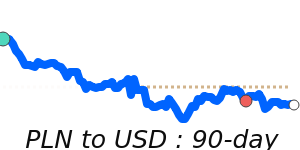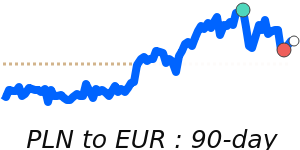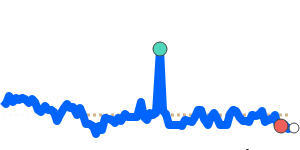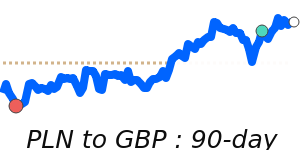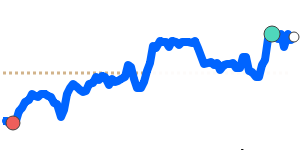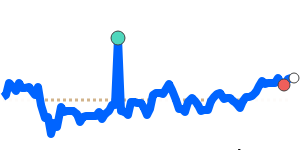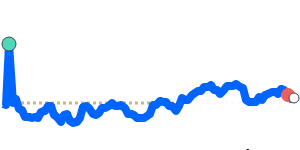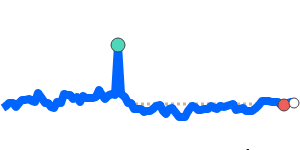The Polish zloty (PLN) is currently influenced by a variety of economic factors that are expected to shape its performance in the near term. Following a recent cut in the National Bank of Poland's (NBP) benchmark interest rate to 5.25%, analysts anticipate further reductions in the latter half of 2025, depending on forthcoming economic indicators. This cautious easing cycle aims to support the economy amid improving inflation trends, which saw the annual rate dip to 2.4% in November, closely aligning with the NBP's target of 2.5%. Such trends can bolster confidence in the PLN, with UBS recently noting that its forecast for the EUR/PLN exchange rate is likely to stabilize around 4.25 through Q2 2026, reflecting a more favorable outlook for the zloty.
Recent data indicates that the PLN has achieved notable movement in key currency pairs. against the US dollar (USD), the PLN is trading at 90-day highs near 0.2794, which is 1.7% above its three-month average of 0.2747. During this period, the PLN has remained stable within a range of 0.2694 to 0.2794. Conversely, the PLN to Euro (EUR) exchange rate stands at 0.2372, slightly above its three-month average of 0.236, maintaining a tight range of 0.2339 to 0.2379.
However, the PLN has experienced some recent challenges against the British pound (GBP), hitting 14-day lows near 0.2068, even as it remains just above its three-month average within a stable range of 0.2037 to 0.2089. In contrast, the PLN to Japanese yen (JPY) is showing robust performance at 43.74, significantly above its average of 42.26 and impacted by heavier volatility in its trading range of 40.49 to 43.95.
It is essential to consider that the zloty’s appreciation against major currencies could lead to sizable losses for the NBP, projected at around €7 billion in 2025 due to the revaluation of foreign reserves. Therefore, as market conditions evolve, remaining vigilant on these economic indicators and forecasts can help individuals and businesses optimize their international transactions involving the PLN.
